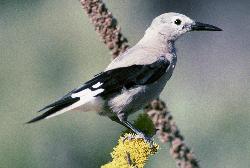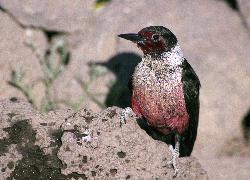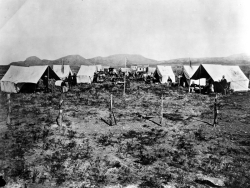
Near Salt Lake City
Courtesy USGS
T.H. O’Sullivan, Photographer
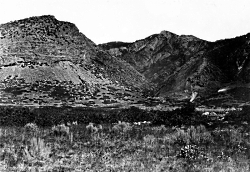 The Mouth of Ogden Canyon
The Mouth of Ogden Canyon
at the time of the King Survey
Courtesy USGS
T.H. O’Sullivan, Photographer
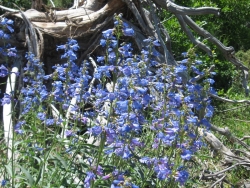
Penstemon watsonii
named for Sereno Watson
of the King Survey
Courtesy PenstemonFestival.com
Copyright Lisa White, Photographer
The mid-1800s were a transformative period in US history. The bloody Civil War had run its course. Twelve years earlier, the Mexican/American war had forced annexation of a vast territory that stretched from the Rockies to the Pacific Ocean. Across the northern edge of this territory, a transcontinental railroad was planned. An ambitious young geologist, Clarence King, convinced President Lincoln of the need to explore, survey and map the topography, watersheds, geology, mineralogy, flora and fauna of this vast uncharted region. King mustered 20 scientists, technicians and frontiersmen to form his Survey of the 40th Parallel. The Survey team took multiple years to thoroughly explore and map a 100-mile-wide band from Virginia City Nevada to Cheyenne Wyoming.
Among the men was one Sereno Watson, who at 42, found himself disenchanted by his forays into medicine, teaching, farming and banking. Word of the King Survey fired his imagination, so in 1867 he joined the migration west. A barefoot, penniless Sereno Watson found the Survey encamped on the lower Truckee River south of Pyramid Lake. More from pity than need, Clarence King let Watson join as an unpaid assistant. When illness sidelined the Survey’s botanist, Serano Watson eagerly took his place.
King prized Watson for his diligence and enthusiasm. In June of 1869, the Survey staked out what would become a favorite encampment at Parley’s Park north of Park City. From that base, Survey members fanned out to explore the Wasatch Range, the western spurs of the High Uintas, and the Great Salt Lake. Watson added to his plant collections, ultimately pressing 900 specimens, many new to science. He later curated them back at Yale. Watson honored the Survey’s leader by naming new plant species kingii, including a species each of biscuit root, buckwheat, bladderpod, flax, lupine, clover and ragwort. Asa Gray, then the reigning US botanist, honored Sereno in naming Penstemon watsonii, a lovely species discovered by the mining town of Austin Nevada. You can see the striking sky blue flowering spires of this wildflower amid montane meadows from eastern Nevada across central Utah into Colorado, including the vicinity of Parley’s Park.
This is Linda Kervin for Bridgerland Audubon Society.
Credits:
Images: Courtesy USGS
and Courtesy PenstamonFestival.org, Lisa White, Photographer,
Text: Jim Cane, Bridgerland Audubon Society
Additional Reading:

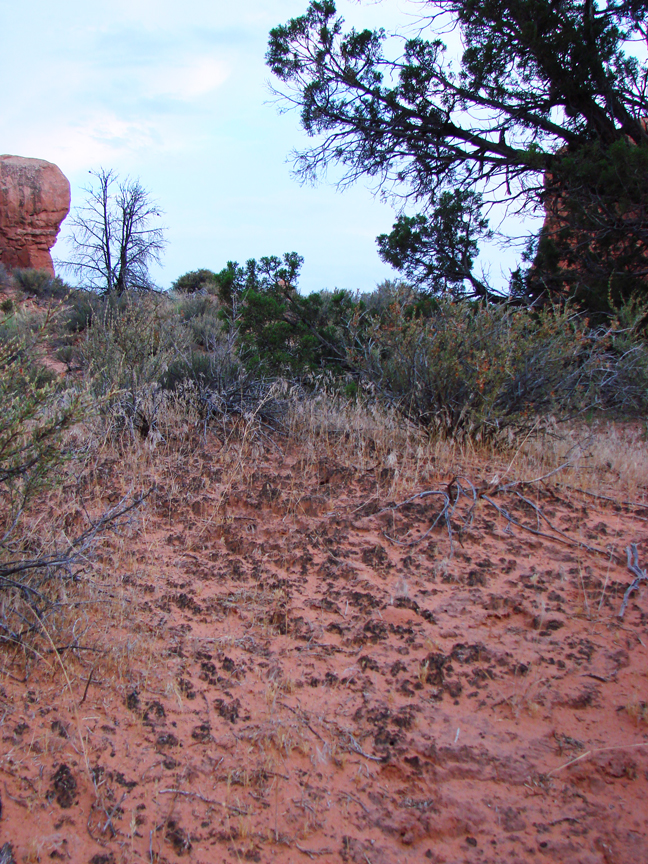
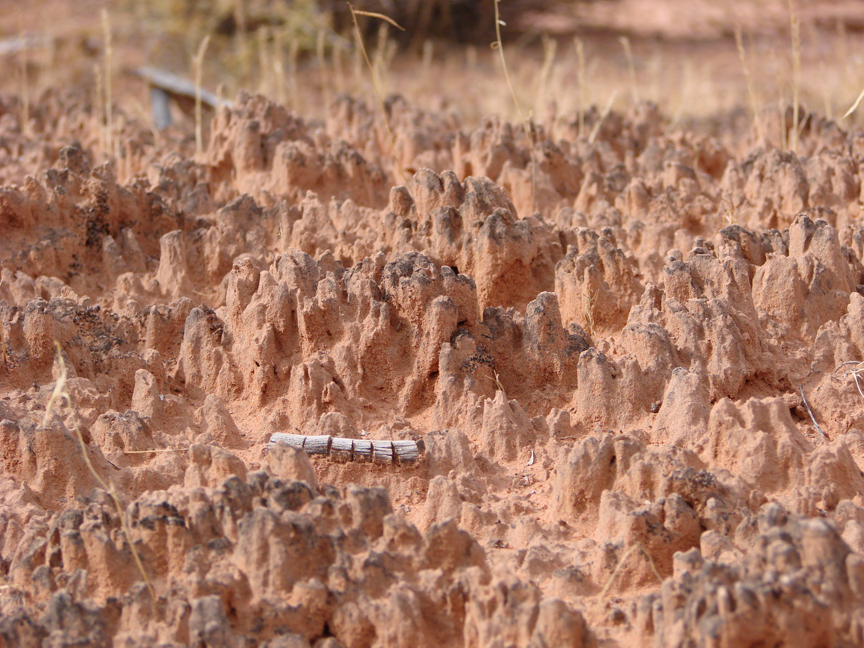

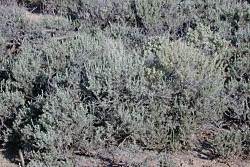 Big Sagebrush
Big Sagebrush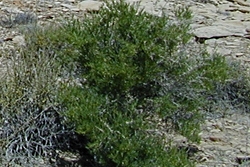 Shadscale Saltbush
Shadscale Saltbush